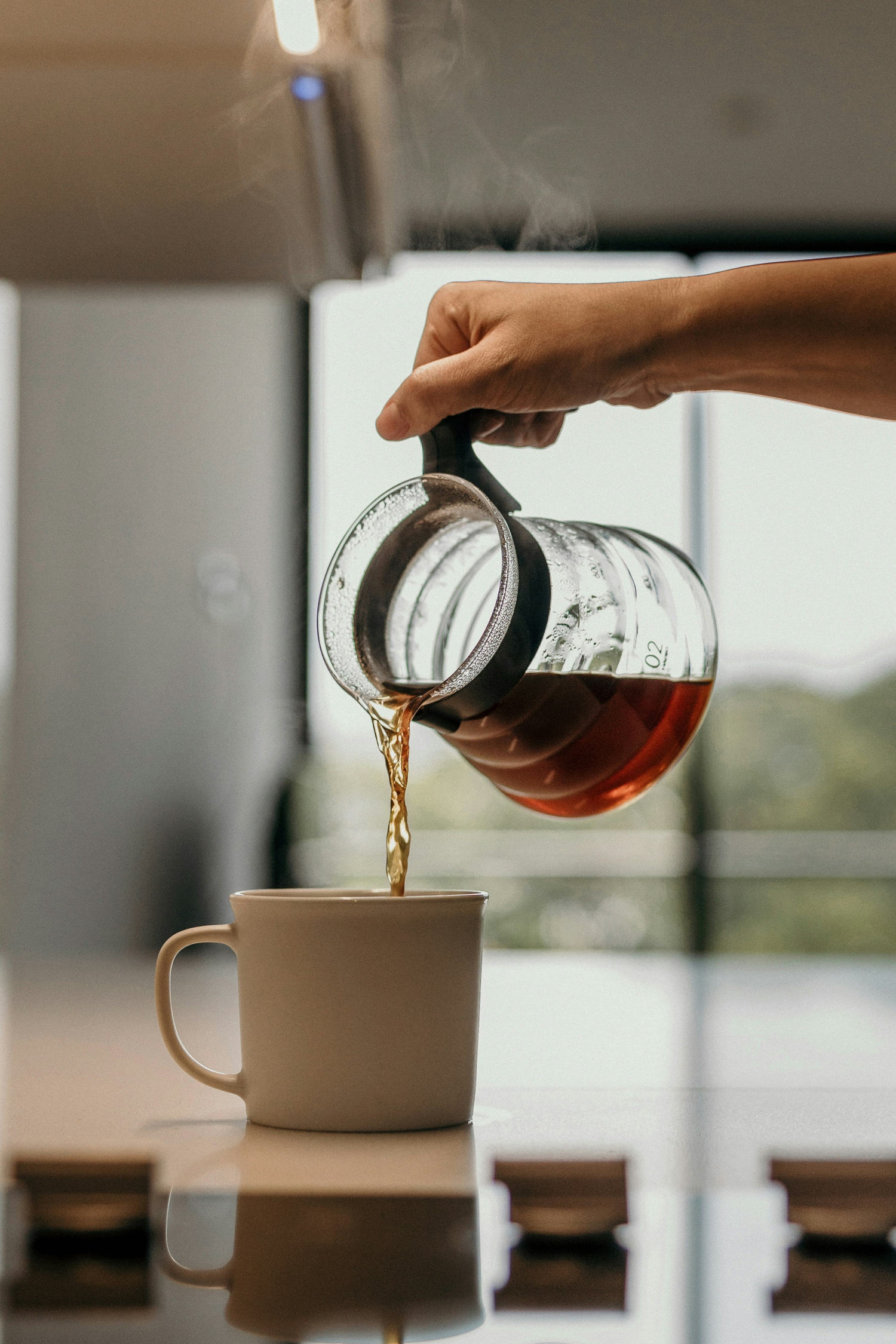The Matcha Moment: Why the World Has Suddenly Turned Green
Share
Matcha is having its moment and it’s not just a passing trend. In cafés from Tokyo to New York, matcha lattes have soared in popularity, driven by wellness-focused consumers, social media buzz, and a shifting perception around caffeine. Gen Z and wellness communities, in particular, have embraced matcha for its perceived cleaner energy boost and health benefits¹².
What Sparked the Matcha Craze?
The rise of visually appealing, “Instagrammable” matcha drinks and viral TikTok videos has turned this centuries-old green tea into a modern phenomenon¹². Matcha’s smooth, sustained energy thanks to L-theanine offers an attractive alternative to coffee’s jittery spike and crash³⁴.
And let’s be honest: it looks good. The vibrant green is more than just a color trend. It’s become a visual cue for health, ritual, and elevated taste. But there’s more to it than just aesthetics.
Caffeine Face-Off: Matcha vs. Coffee vs. Green Tea
Matcha delivers higher caffeine content than regular green tea—often around 70 mg per teaspoon—because you consume the whole leaf, not just an infusion³. That’s still typically less than an 8 oz cup of coffee, which averages between 80–100 mg depending on roast and brew style⁵⁶.
But what really sets matcha apart is its combination of caffeine and L-theanine. This amino acid smooths out the caffeine hit, promoting a state of calm alertness—no jitters, no crash. It’s this focused energy that makes matcha appealing to creatives, meditators, students, and yes… recovering espresso addicts.
Matcha Shortage: A Ripple Through Sustainability
Rapidly rising demand especially for ceremonial-grade matcha has triggered a global supply strain. Heatwaves and poor harvests in Japan have reduced output by up to 20%, while the labor-intensive nature of producing true matcha limits scalability¹.
Unlike commodity coffee, matcha can’t be mass-produced quickly. It must be shade-grown, hand-picked, steamed, de-stemmed, and stone-ground. This meticulous process preserves its signature flavor and color—but also means production simply can’t keep up with global demand overnight.
In response, some producers have begun blending lower-grade matcha or holding back exports. Prices have gone up, supply has tightened, and everyone from small roasters to major retailers is feeling the pinch.
The Sustainability Challenge
The shortage isn’t just about cost or availability it’s about sustainability. Many matcha producers are small, multi-generational farms using traditional methods. These practices respect the soil, the plant, and the heritage behind the tea. But when demand skyrockets without time for ethical scaling, corners get cut.
Sourcing responsibly becomes harder, and consumers risk ending up with flashy packaging filled with bitter, low-grade powder. The challenge now? Keeping matcha true to its roots while meeting modern-day hype.
Where We Stand: Purity Over Popularity
At King’s Gambit Coffee Co., we’re keeping a close eye on the matcha supply chain. We’ve built our beverage program around high-grade, ceremonial-quality matcha. Not shortcuts, not compromises. And we’re not about to go backward.
That means some limited-time matcha specials may need to take a back seat until global supply stabilizes. We’d rather pull something from the menu temporarily than serve a lesser product. Because if it doesn’t meet our standard, it’s not going in the cup.
Final Sip: Matcha Deserves More Than Hype
The matcha boom isn’t just a trend it reflects evolving consumer values around health, mindfulness, and intention. But with the hype comes pressure: to scale faster, to cheapen production, to “matcha-wash” every menu with green-tinted lattes that barely taste like the real thing.
We won’t compromise.
If you’re drinking matcha from King’s Gambit Coffee Co., you’re drinking something we stand behind from sourcing to preparation. We’re proud to stay rooted in quality, even if it means sitting out the frenzy when things get too watered down (literally and figuratively).
Because for us, matcha isn’t a marketing strategy. It’s a craft worth honoring and we intend to keep it that way.
Sources
-
The Washington Post – “Supplies of matcha are dwindling, thanks to lattes and TikTok videos”
https://www.washingtonpost.com/business/2025/07/30/matcha-shortage-global-price-japan/ -
The Times of India – “The Matcha Craze: What’s Behind the Wellness Trend?”
https://timesofindia.indiatimes.com/life-style/spotlight/the-matcha-craze-whats-behind-the-wellness-trend/articleshow/123038583.cms -
Naoki Matcha – “Why the Caffeine Content in Matcha Beats Coffee”
https://naokimatcha.com/blogs/articles/why-the-caffeine-content-in-matcha-beats-coffee -
Verywell Mind – “What Are the Benefits of Drinking Matcha for Energy?”
https://www.verywellmind.com/what-are-the-benefits-of-drinking-matcha-for-energy-11698395 -
Reddit Thread – “How Much Matcha Equals a Bag of Green Tea?”
https://www.reddit.com/r/tea/comments/1frlk84/how_much_matcha_equals_a_bag_of_green_tea_in/ -
The Washington Post – (Duplicate source also cited for coffee caffeine averages)

